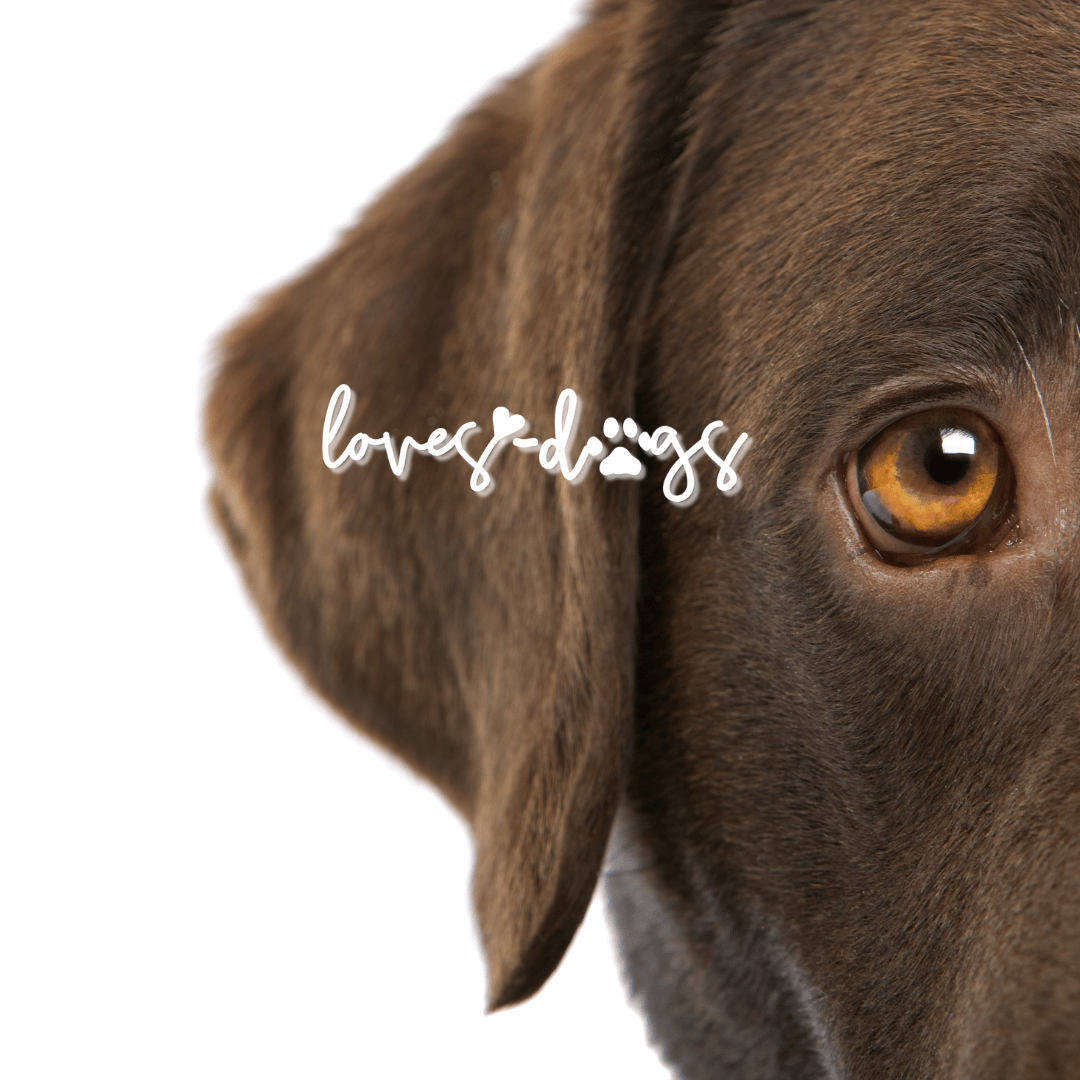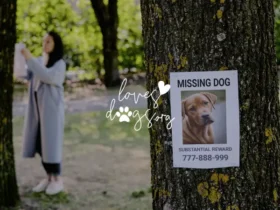
If you suspect that your dog has eaten a product containing Xylitol, call your vet, emergency vet clinic, or animal poison control center immediately.
What is Xylitol?
Xylitol is a sugar substitute, known as sugar alcohol, and it is found in some human foods and dental products. Xylitol is present in many products and foods that humans use and consume, but it is poisonous to dogs.
Foods That Contain Xylitol
Because it is slightly lower in calories than sugar, it is a popular sweetener for sugar-free candy such as mints, chocolate bars, and sugar-free gum. While the most common culprit containing xylitol is sugarless gum, you might be surprised at how many other products use it. These products include:
- Breath mints
- Baked goods
- Some peanut and types of nut butters
- Sugar-free desserts, including “skinny” ice cream
- Mouthwash
- Toothpaste
- Children’s and adult chewable vitamins
- Dietary supplements
- Cough syrup
- Over-the-counter medications
Baked goods like muffins, cakes, and pies sometimes use xylitol, particularly those prepared for individuals with diabetes. While it can be bought in bulk to bake sweet treats at home, some in-store bakeries are also selling goods that use xylitol.

Xylitol is Dangerous to Dogs but Not People
While the level of blood sugar in dogs and people is controlled by the release of insulin from the pancreas, how the insulin is stimulated differs from dogs to people.
In people, xylitol does not stimulate insulin release. However, when dogs consume something containing xylitol, the xylitol is absorbed much more quickly into the bloodstream, resulting in a large, rapid release of insulin from the pancreas. Because of this, a profound decrease in blood sugar, or hypoglycemia, can occur. This can happen within ten minutes to one hour of consumption. If untreated, this hypoglycemia can be life-threatening.
Symptoms of Xylitol Poisoning
If you believe that your dog has consumed something with xylitol, time is of the essence. Contact your vet, emergency vet clinic, or animal poison control center immediately. Symptoms of xylitol poisoning include:
- Vomiting
- Decreased activity
- Weakness
- Staggering
- Incoordination
- Disorientation
- Collapse
- Seizures
In some cases, severe adverse complications may not occur for up to 12 to 24 hours, so your vet may hospitalize your dog overnight for medical monitoring.
How to Avoid Xylitol Poisoning in Your Dog
The first step to poison prevention is to be aware of the dangers that xylitol poses to dogs. Additionally:
- Be sure to check the ingredients of products that declare that they are low-sugar or sugar-free.
- Keep products that contain xylitol, including things like toothpaste, out of dog’s reach, keeping in mind that some dogs are talented counter-surfers.
- If you carry sugar-free gum in your purse, ensure that your purse is up and away from your dog’s reach.
- Never use human toothpaste on your dog. Only use dog toothpaste.
- If you give your dog any type of nut butter (peanut butter or other type) as a treat or incentive to take a pill, be sure to check the label and make sure that xylitol is not listed as an ingredient.
Xylitol can be very dangerous to dogs, and the first step to prevention is to understand the dangers. Share this with your friends and spread the knowledge.







Find Loves Dogs on Social